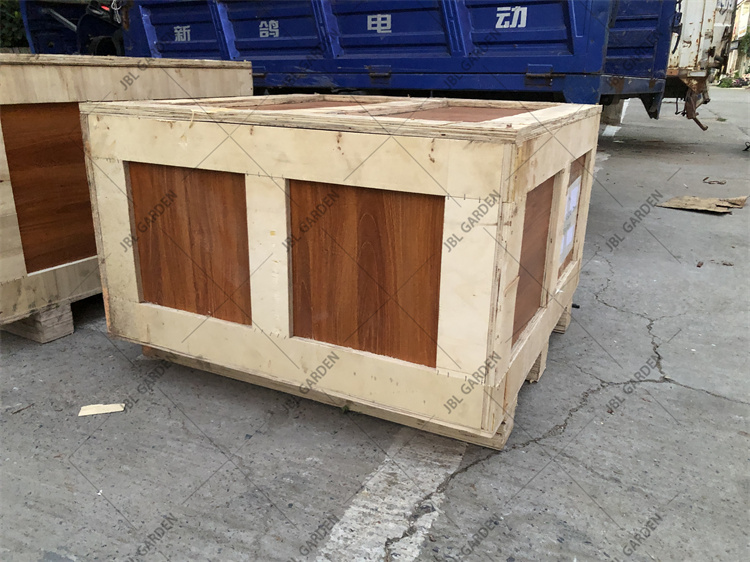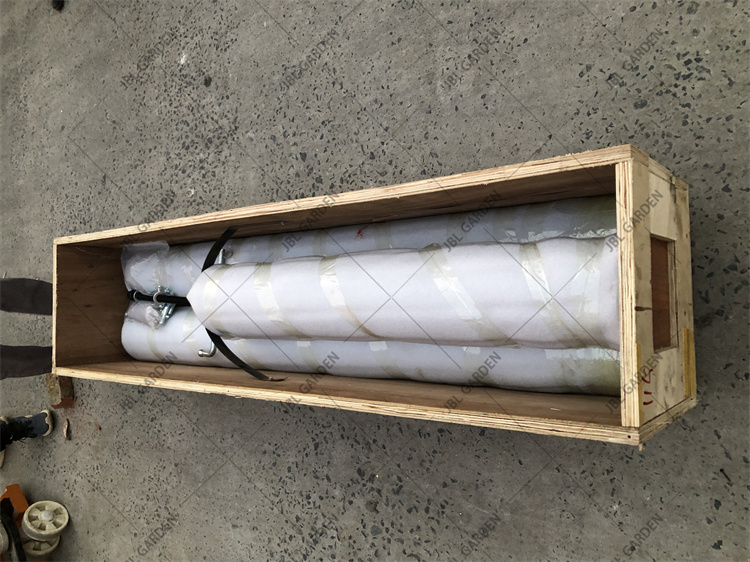Overprint of ink for transfer and transfer of offset inks
In color printing, the adhesion of the ink of the latter color to the ink film layer of the previous color is called the overprinting of the ink. It is also called the transfer of the ink. The color of the color prints is generally yellow, magenta, and blue, which are different in area size. The black and white color dots are superimposed or juxtaposed. Therefore, the color reproduction effect of a print not only involves the optical properties of the ink. But also with the ink overprinting and the number of ink overprinting.
1. Overprinting rate and its determination The overprinting rate, also called the ink receiving force of the ink, is the physical quantity that measures the overprinting degree of the ink. The higher the value of the trap rate, the better the overprint effect. The overprint rate can be calculated by measuring the density of each color ink and the density value of the ink overprint. When studying the phenomenon of ink overprinting, the overprint of the second color ink on the first color ink film layer is often the focus of discussion. The color of a color print is generally formed by overprinting two or three colors of yellow (Y), magenta (M), and cyan (C) three-color inks. When measuring the density of a single color ink, a color filter is installed in the densitometer using the principle of subtractive color, and the color of the color filter is usually complementary to the color of the measured ink. For example, the density of the yellow ink is measured with a blue filter, the density of the magenta ink is measured with a green filter, and the density of the cyan ink is measured with a red filter.
2. The ink of a single-color offset press is superimposed on the substrate. When the first printing ink adheres to the substrate and is nearly dry, the ink of the latter color is printed and attached thereto. This is called dry printing. The ink overprint of the single-color offset printing press is wet. Press dry method is dry printing. After the ink is attached to the substrate, the original surface properties change due to the ink covering, and the surface properties of the ink film become the main factors that affect the ink overprinting. For an ink overprint of a monochrome offset press, if the viscosity of the first color ink is greater than the viscosity of the second color ink, the second color ink can adhere well to the first color ink film. Overprinting works well. In contrast, if the viscosity of the second color ink is greater than the viscosity of the first color ink, the second color ink cannot not only adhere well to the first color ink film. And the first color ink will be carried away. Overprinting will not be realized. It can be seen that the viscosity of the ink is of great significance for the overprinting of the ink. In dry printing, if the printing interval of two-color ink is not properly controlled, the first ink is dried and the one-color ink is printed. Since the dried ink film has lost its adhesiveness, the ink in the ink layer is difficult to adhere thereto. It caused the so-called "ink crystallization" phenomenon. In order to prevent the phenomenon of crystallization of ink, the first color ink should not add dry oil, sometimes to delay the drying of the ink, but also need to add additives to inhibit ink drying in the ink. To sum up, in the actual production, in order to make the overprinting of the ink of a single color offset press smoothly, it is necessary to make the first printing ink layer have two characteristics: (1) Maintain a certain viscosity, and the adhesive force of the ink after printing should be Greater than the cohesion of the ink after printing. (2) Maintain a certain degree of wettability, which can be wetted by the ink after printing and adhere to each other.
3. Multi-color offset printing machine ink overprinting When using a multi-color offset printing machine, the printing interval between each color is very short, the ink printed in front needs a new ink over a fraction of a second, and the ink printed before is too late to dry. The ink of the latter color is to be overprinted and the ink film adheres to each other in a wet state, so it is called wet printing. The overprinting of the ink is performed wet and wet. In dry printing, the post-printing ink is transferred to pre-printed ink that has been fixed and gradually dried. The post-printing ink is separated in the middle of the ink film, that is, one half is transferred to the previous color ink film, and the other half remains in the ink film. Blanket roller surface. Wet overprinting is not the case. The latter color ink is generally split in the middle of the ink film where the two inks overlap, and a small part is transferred to the wet ink film of the previous color, most of which remains on the surface of the blanket cylinder. Obviously, the wet printing ink has a lower trap rate than the dry printing ink, and the ink transfer condition is far inferior to that of dry printing. During the overprinting process, the appearance of the ink is complicated, and there are also more factors affecting the ink overprinting rate. Specifically, the most important factor affecting the ink overprinting of a multicolor offset press is the viscosity, density and lightness of the ink. The following is a detailed discussion of the ink used in a four-color offset press as an example.
The viscosity of the ink has a great influence on the overprinting effect of wet printing. The viscosity of the ink is large, the viscosity is also large, so the ink layer shows a greater cohesion. If the viscosity of the first printed ink is lower than the viscosity of the later printed ink, the printed ink will strip the first printed ink according to the cohesiveness of the lazy, resulting in an inverse overprint. This wet printing can not be carried out, therefore, the ink used in four-color offset printing press should be in accordance with the order of the rollers of each unit, so that the viscosity of the ink is gradually reduced. For yellow, magenta, cyan and black, the viscosity relationship is: Cyan> Magenta> Yellow. The density of the ink and the thickness of the ink film have a certain relationship, generally as the density value increases, the ink film thickness is gradually reduced. For wet printing, the ink with the larger ink film thickness is placed in the back-color sequence printing, and the overprinting effect is good.
The fusion of traditional technology and modern aesthetics behind each product is a deep exploration of the material and structure. With "steel" as the medium, the pure manual process journey is opened to convey the Fireplace culture and design ideas to the whole world.From the profound interpretation of contemporary industrial design, strict selection of each raw material, strict control of each process, so that made in China gives new meaning to the fireplace with traditional handwork and modern aesthetics, paying tribute to consumers.Select strong, fire-resistant high carbon steel surface imported heat - resistant paint. Skillfully use modern technology and traditional manual combination to provide high quality products.The use of high carbon steel, molten metal, heat-resistant paint and the minimalist design in line with the current international trend make it a timeless work of art. Made in China makes Mevera fireplace more trusted by people.
| Name | Hanging steel brazier firepit |
| Material | Corten steel |
| Cooking plate Size | Diameter 800mm |
| Weight | 65KG |
| Packing | wooden box packing |

Packing
Packing will by wooden box.


Ethanol Fire Pit,Bio Ethanol Fire Pit,Alcohol Fire Pit,Biofuel Fire Pit
Henan Jinbailai Industrial Co.,Ltd , https://www.jblfirepits.com